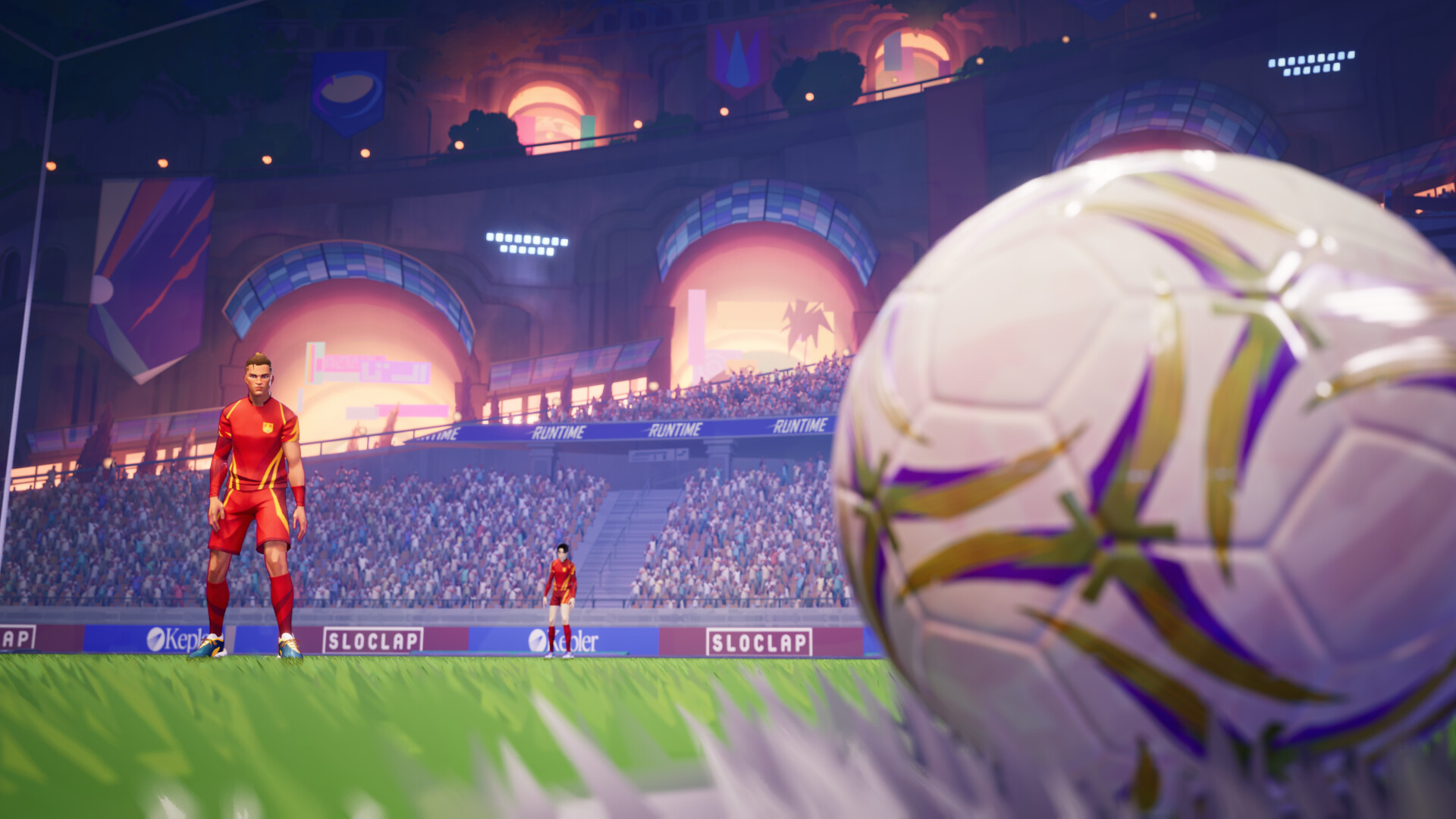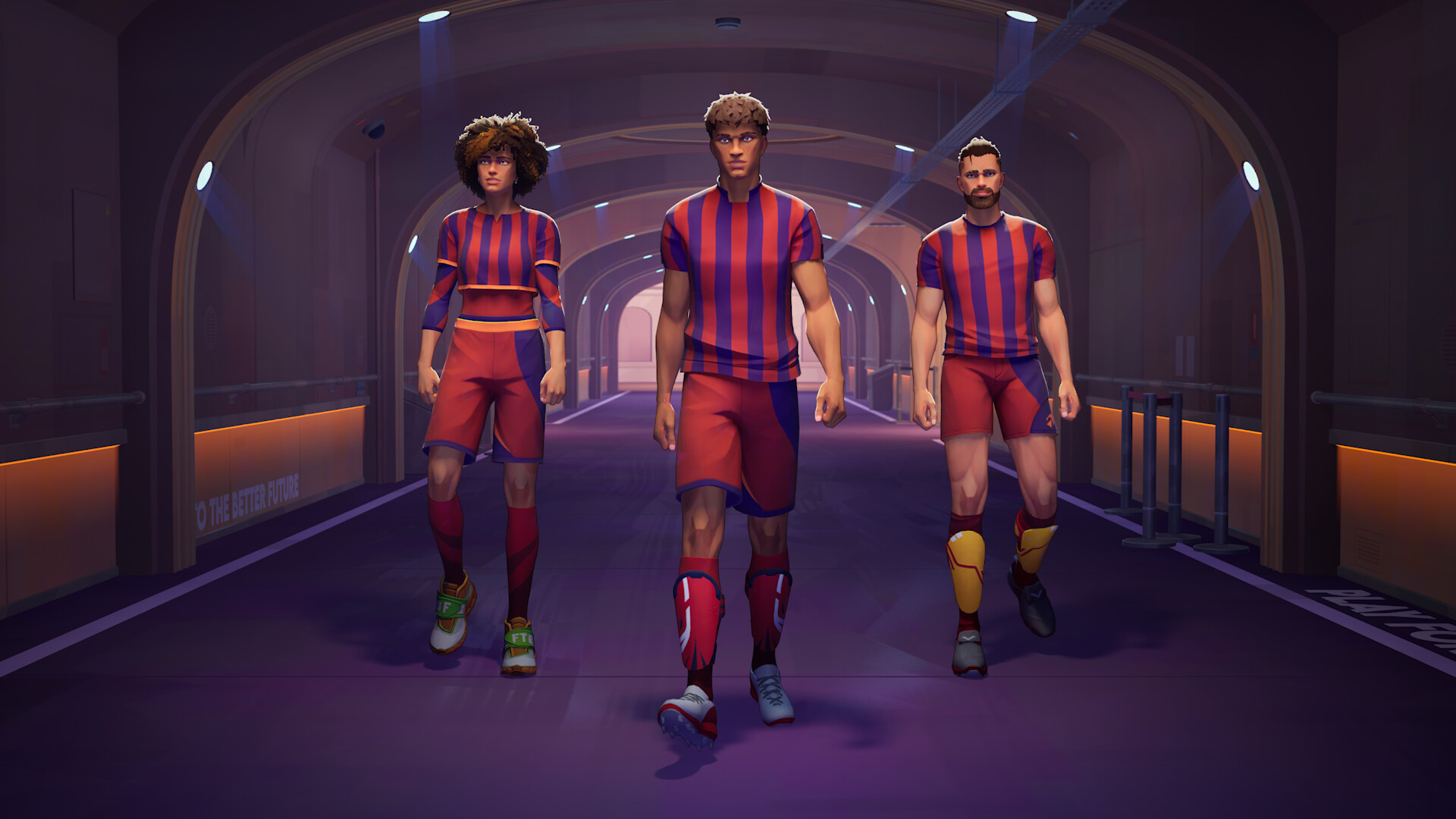
This compact optical keyboard is built for competitive gaming.
It’s been the perfect time to test out SteelSeries Apex 9 TKL gaming keyboard over the past few weeks. I’ve not had to work, which means I’ve not had to rely on a full-size keyboard for all the alt-codes I’m pulling off on a regular basis. This is a tenkeyless keyboard, after all, so there’s no numpad for all that malarkey, but what you do get are some super swift optical keys that are great for gaming.
The Apex 9 TKL has a pretty compact footprint even for a tenkeyless keyboard. There’s no bezel to it, for lack of a better word, and what I mean by that is there’s very little outer edge to the keyboard face that extends beyond where the keys end. It’s pretty much as compact as you’re going to get without buying a 65% board or one with all the keys smushed together. I’m not a fan of the typing experience that brings, and this already seems plenty small enough.
If you’re after a space saver, then, this sure is one. For gaming it offers up a little more desk space for throwing a mouse around, and I do that in most FPS games I play so there’s some benefit to the compact fit. Though I have to say the lack of a numpad still isn’t my personal preference—perhaps that’s where a keyboard like the Mountain Everest 60 offers a little more flexibility thanks to its bolt-on numpad accessory.
The Apex 9 TKL’s small stature has another benefit, however. It’s generally cheaper than some of SteelSeries’ full-size wares. The Apex 9 TKL asks for $140, whereas full-size SteelSeries boards of this calibre can go for upwards of $160. The Apex 9 TKL’s price tag still pins it as a pricey option versus other more standard-issue tenkeyless boards, however, and that largely appears for the inclusion of optical key switches and PBT keycaps.
(Image credit: Future)
Size: Tenkeyless
Switches: OptiPoint optical
Keycaps: PBT
RGB lighting: Yes, per-key
Media controls: Yes, volume wheel, play/pause
Price: $140 / £135 / €150
If you don’t already know, optical key switches use light to actuate on a key press. That’s instead of the more traditional mechanical contact point you’d find on, say, Cherry MX switches. The benefit of optical over mechanical often comes down to things like debounce, actuation times, and response times. SteelSeries’ OptiPoint optical switches do all of these things very well.
These OptiPoint switches also allow for a choice between two actuation points for all the keys. You can go for the more standard 1.5mm or the rapid-fast 1mm. The latter the choice for fast-paced gaming, the former more for meticulous typists. You can switch between the two modes (Gaming Mode and Typing Mode) with either the SteelSeries GG app or via holding down the SteelSeries logo key and hitting either I or O. Thankfully you don’t really have to remember that exact shortcut, as if you hold the SteelSeries key the I and O keys light up orange.
(Image credit: Future)
Ultimately, it’s one of those features I tend to not mess around with too much. I mostly just leave the keyboard on Gaming Mode and live with my typing mistakes. Not that I make any, of course.
The OptiPoint switches also offer the benefit of being removeable in the Apex 9 TKL, though the optical-ness of them does limit that hot-swappable functionality somewhat. You have to replace any removed switches with some to match, and that means more OptiPoint switches. Whereas regular hot-swappable mechanical switches can be swapped for all kinds of flavour and feel.
Admittedly, I still find many major firms using optical switches to not quite offer the flexibility that the original Wooting One did. That was my first real taste of what sort of expanded functionality an optical switch could offer, and it did it all very well. Actuation points, special keystroke shortcuts, and analogue input are all on the cards while also netting the other benefits of optical switches that the Apex 9 TKL maintains. Wooting doesn’t use optical switches anymore, preferring instead to use Hall Effect switches with a similar feature set, but that experience with a board that really took advantage of optical inputs has always left me wanting more out of the bigger brands’ more recent optical keyboards.
(Image credit: Future)
The Apex 9’s typing experience also isn’t my favourite. While quick and responsive to game and type with, the empty clack of the Apex 9’s keys as they hit the switch housing just doesn’t resonate with me. It sounds like a small deal, but a keyboard’s clack is kind of a big deal to some. Myself included.
The Apex’s keycap puller stashes neatly inside the keyboard. (Image credit: Future)
There is something I absolutely adore about the Apex 9’s construction, however, and that’s the inclusion of PBT keycaps and a neatly hidden PBT keycap puller. If you lift up the rubber tab on the underside of the board you’ll find a keycap puller underneath, handily stored for future use. I’ve never needed a keycap puller in an emergency situation sorta way, but I’ve definitely been scrambling through my desk organiser for one at times.
As for the PBT keycaps, you’re basically getting a longer-lasting plastic construction that shouldn’t break too easily. Similarly the legends shouldn’t wear off over extended use.
(Image credit: Future)
(Image credit: Colorwave)
Best gaming mouse: the top rodents for gaming
Best gaming keyboard: your PC’s best friend…
Best gaming headset: don’t ignore in-game audio
On the flipside, I’m not hugely impressed with the volume wheel on this board. It’s very thin versus a lot of others on the market, and there does appear to be more space around it to expand out further. Similarly, I had initially thought the independently lit button beneath the volume wheel to be some kind of multifunction button programmable in the GG app, but it’s not. It’s just a play/pause button that’s oddly illuminated with a white LED and is not programmable to any other colours in the app. I think I’d probably prefer it to not be illuminated at all if that’s going to be the case, as the rest of the board lights up in whatever colour and pattern I prefer.
Ultimately the Apex 9 TKL is a mixed bag. It’s certainly not a bad keyboard by any means, and functionally as a compact gaming device it delivers the core functionality I expect of it very well indeed. It’s just not all that spectacular, either. There’s definitely some further functionality I’d love to see out of SteelSeries’ optical switches, at the very least a more granular actuation adjustment setting to get that set just right for me, and I think the GG app could be a little smarter looking. But as I say, it does deliver the bare essentials for a competitive tenkeyless keyboard, and with a good discounted sale price I wouldn’t be too afraid to recommend it.




